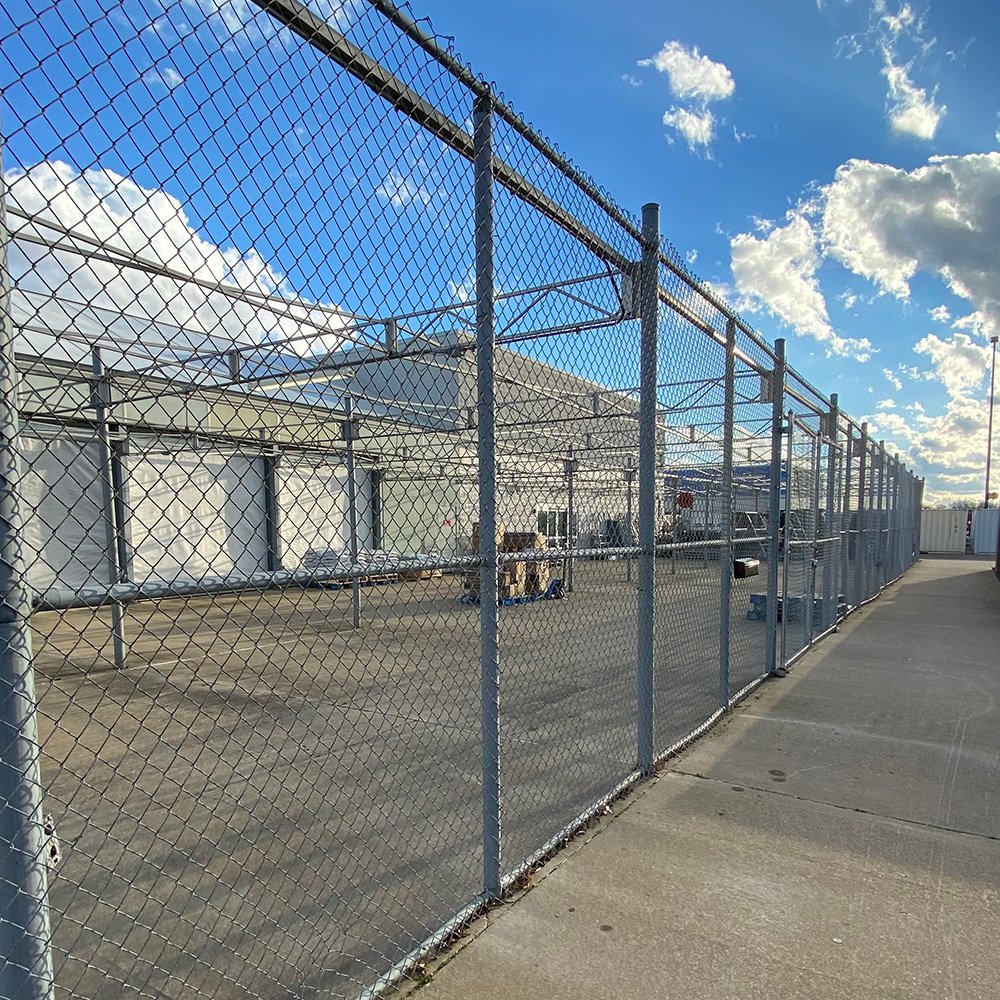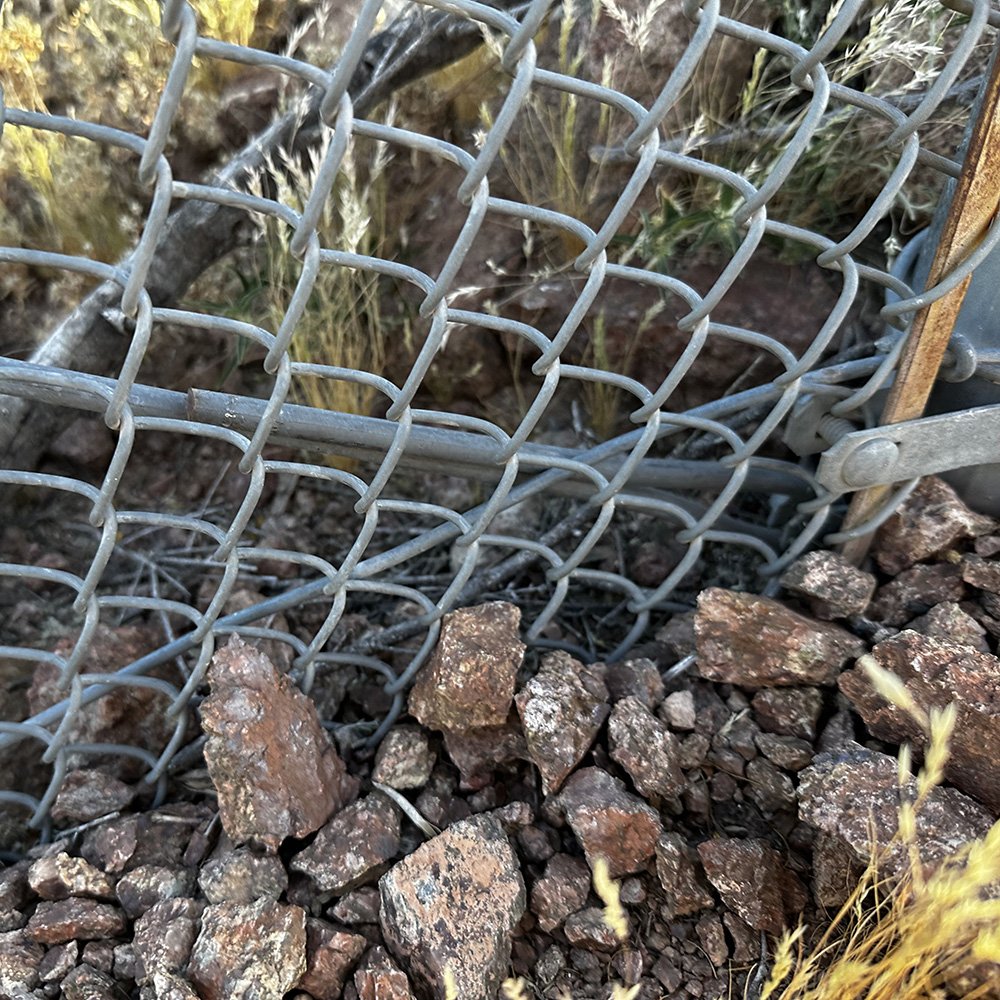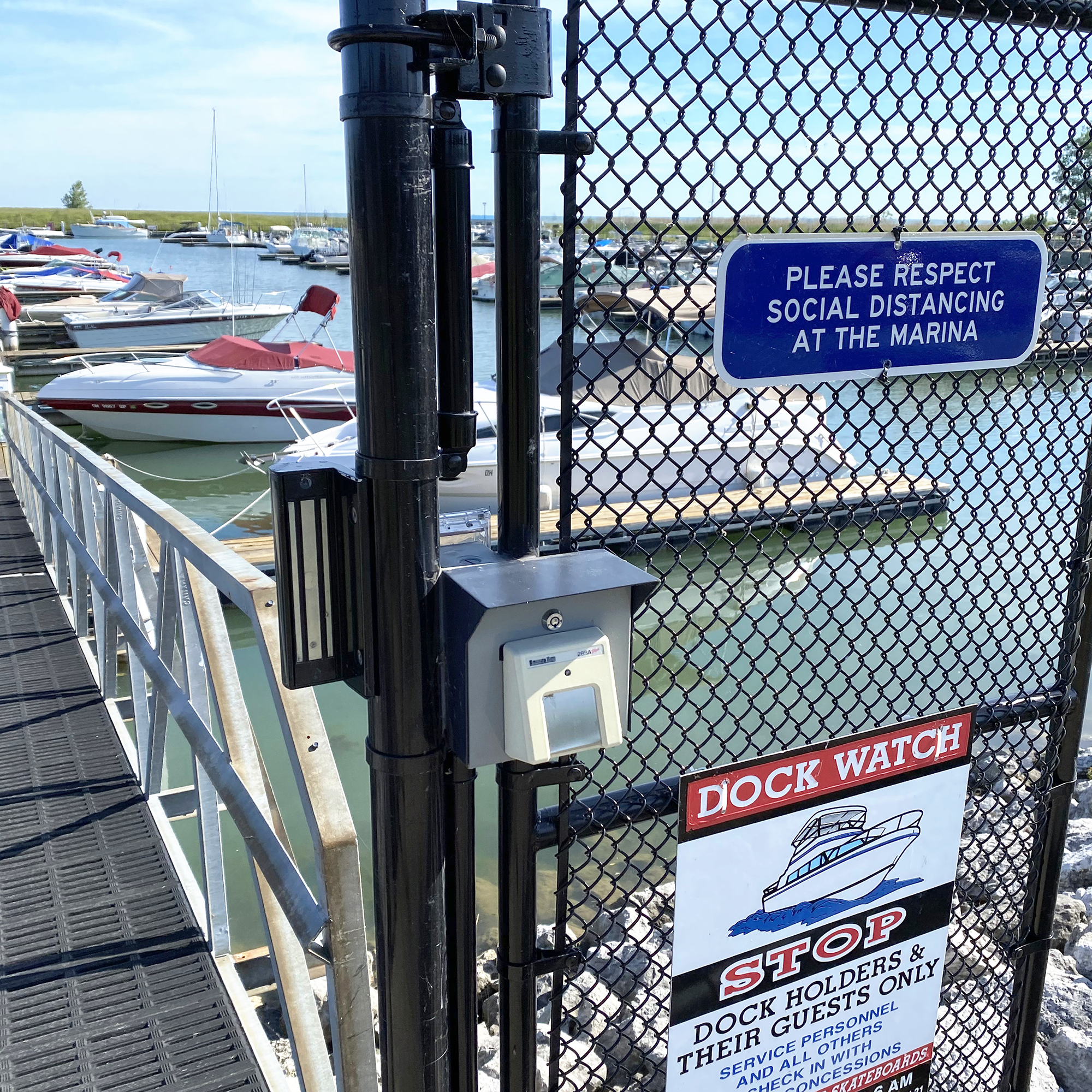All the Chain Link Fence Parts You'll Ever Need
Installing a fencing system may be a necessary addition to your property, but the cost and installation process may also be intimidating. While chain link fencing is perhaps the least expensive fencing system option, the average cost of material and professional installation is $3,000. Note that the cost of materials is dependent on the size, height, and material of the fencing and that professional installation may cost you double the cost of material. Chain Link Fittings aims to provide you with all the information, materials, and tools you may need to quickly and easily install a chain link fence yourself for a third of the cost.
Understanding what components are required and how they enhance the functionality of your fencing system will save you time and money from the get-go. Chain Link Fittings has a broad selection of these components; we have it all, from chain link mesh or fabric to fittings, hardware, and various tools! Chain Link Fittings also has what we refer to as the Resources Hub where we provide informational content about installation, various chain link fence parts, how the material is made, how to use specific tools, industry terms, and much more.
Let's Learn The Essentials
There are roughly sixteen essential chain link fence and gate components. Of course, you can add more components if you wish to enhance or modify the functionality of your fencing system, but let's cover the basics. This diagram outlines the 15 essential fence components, with the 16th being the chain link mesh or fabric itself.

- Terminal Post Cap: The terminal post caps are often simply referred to as a post cap. This cap will generally be a dome, acorn, or aesthetically pleasing shape. They go on terminating posts, usually gates, corners, or ends.
- Rail End: The end rail cup will be fastened to the brace band or rail end band. The top rail will slide into the cup during installation.
- Rail End Band: Commonly called brace bands. They attach to the end rail cup on the top and the tension wire on the bottom of the post, meaning two are required.
- Tension Band: The tension band is what holds the tension bar in place and holds the fence taut. The tension bands fit in between the brace bands.
- Line Post Top: The line post top is used on the line posts. They will have a loop at the top so the top rail or a top tension wire can go through.
- Fence Tie: Fence ties are used to tie the fence mesh or sometimes called fabric, to the posts, top rail, and tension wire. We recommend and offer tools to bend these ties easily.
- Gate Frame Hinge: The gate frame hinge or female gate hinge attaches to the gate frame and is coupled with the gate post hinge.
- Gate Post Hinge: The connecter to the female gate hinge, the male gate hinge, attaches to the gate post and slides into the female gate hinge, giving the gate the ability to open and close.
- Gate Fork Latch: Gate fork latches, used with gate fork collars, keep the gate closed. These come in various styles and are configured in many ways to fit the aesthetic of the chain link fence.
- Terminal Post: Terminal posts are where a section of a chain link fence stops. Terminal posts are typically a little wider in diameter compared to line posts. They are also set deeper into the ground since these posts will hold most of the fence tension. These are often gate posts, corner posts, and end posts.
- Tension Bar: The tension bar is woven in and out of the diamond patterned mesh and attached to the tension bands at the terminating posts.
- Top Rail: The top rail runs along the top of the fence. It slides into the end rail cups and runs through the line post caps. They can be connected using sleeves and hold up the chain link mesh with help from fence ties.
- Line Post: The line post is a type of post that is used in between terminating posts. They can vary the spacing and hold the chain link mesh using fence ties like the top rail and terminal posts. A spacing chart for line posts can be found here.
- Bottom Tension Wire: The tension wire is set on the bottom or the top to help stabilize the fence and fabric. It spans the entire length and attaches to the brace band. Fence ties or hog wire attach the fabric to the tension wire.
- Tension Wire Clip: The tension wire clip, or hog rings/ties, are used to attach the tension wire to the fence mesh. We also recommend and offer tools to help bend these into place.
Many of our chain link fence parts or fittings are offered in the standard galvanized steel silver color. However, we also carry a line of black powder-coated chain link fittings, which, while providing an aesthetically black color, will provide an additional layer of weather and corrosion-resistant protection.
Chain Link Fencing Tools
Post Pounders
Post Pounders make post installation quick and easy. Fence posts, weather terminal, or line posts are the framework of your chain link fencing system. Of course, you want the framework, the foundation, of your chain link fence to be straight, stable, and strong. Post pounders, or post drivers, are designed to drive posts into the ground efficiently. This "tool" is configurable, meaning it has many parts that can be switched out to adapt to your needs. Replacement sleeves and collars, extension kits, and other parts can be found here.
Other Tools
Chain Link Fittings has a collection of other tools to make DIY installation and repair much easier. Chain Link Fittings has everything from barbed wire carrying tools to fabric hangers, fence fabric stretchers, clipping tools, pliers, tie wire twisters, wire grippers, and more. There's no need to wrestle with your chain link fence. No need to get cut up or get blisters.
Chain Link Fittings wants to provide you with the materials you need to install a chain link fencing system and an education on the components and tools that will make installing a chain link a less expensive DIY project.
If you have any further questions, please visit our Resources Hub or contact a member of our friendly sales representatives. They are happy to help in any way they can!




